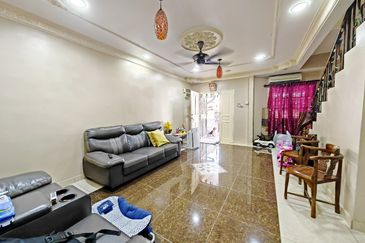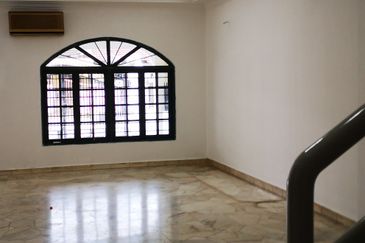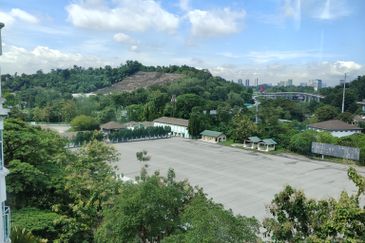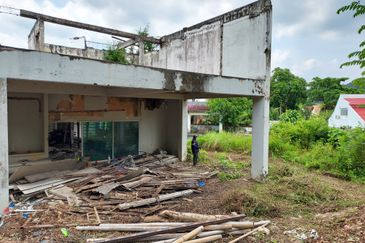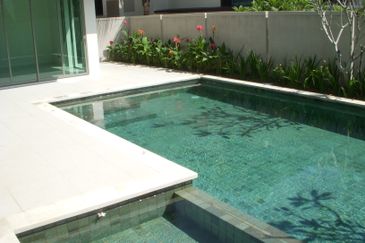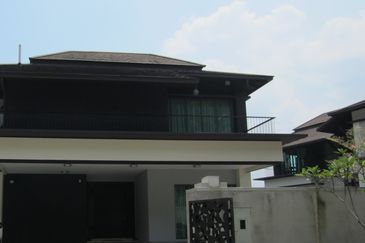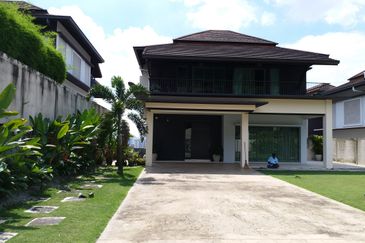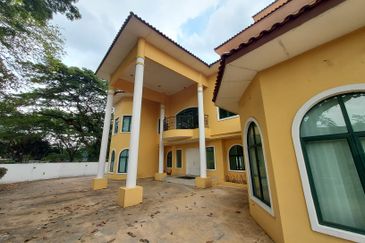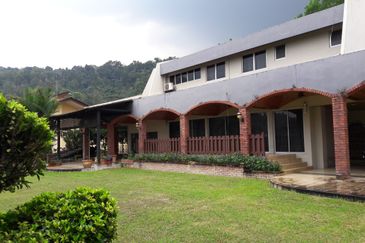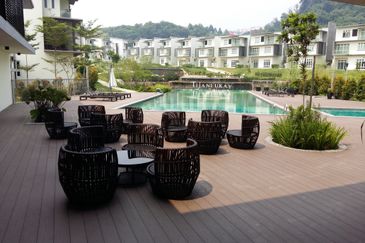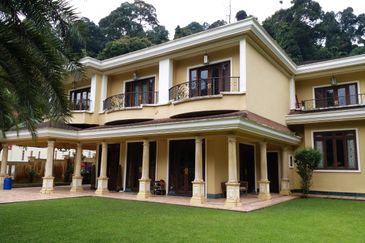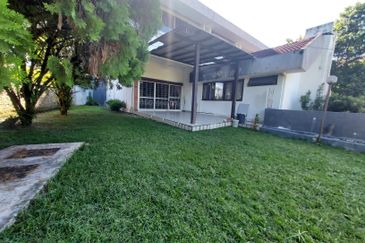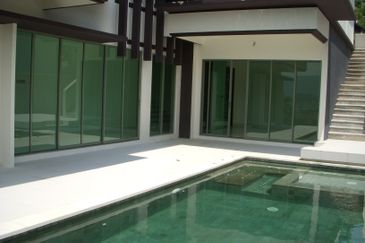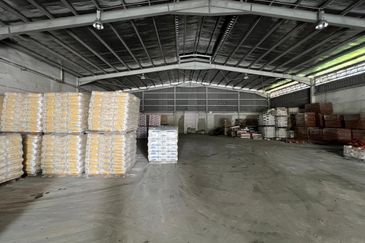
If you have an inter-floor leakage issue in your unit, you can rest assured that you are not alone because it is one of the biggest problems faced by high-rise building dwellers.
Whilst the leakage may appear only in a particular parcel, the source of the leakage may lie in the parcel above or elsewhere. The cooperation of more than one party is therefore required; without which one cannot even begin to identify the problem, let alone solve it.
One must first identify the source of the leakage and secondly, the person or body responsible for repair or rectification. The question is, who is supposed to identify the source of the leakage? How do you know who is responsible before the cause of the problem is ascertained? A bit of a chicken-and-egg situation thus arises.
Who is responsible?
Under Section 142 of the Strata Management Act 2013 (SMA), if the leakage is on the ceiling, then such leakage is presumed to be from the parcel above unless it is proven otherwise. So, if you have a leak from your ceiling, go to your upstairs neighbour and tell him/her that he/she is responsible and must therefore find the source of the leakage and do the repair. What if he/she disclaims responsibility? Could you just quote Section 142 of the SMA?
Not really, for the law does not place the entire responsibility squarely on the upstairs parcel owner.
In dealing with inter-floor leakage, one must not just look at Section 142 of the SMA but also Part XV of the Strata Management (Maintenance & Management) Regulations 2015 (SMR), which tells you what to do if you discover dampness, moisture, water penetration, dripping or “rainfall” from your ceiling.
Go to the developer if still covered by the defects liability provisions. If the leakage is still covered by the provisions of the sale and purchase agreement (SPA), follow the provisions therein. The housing developers are required to rectify the leakage, as provided in the statutory SPA.
JMB/MC/management’s responsibility – regulation 56
If the leakage is not covered by the SPA, then notice may be served by the owner of the affected parcel on the developer or the Joint Management Body (JMB) or the Management Corporation (MC) or the Subsidiary Management Corporation (Sub-MC), whichever applicable.
This is provided for in regulation 56(1) of the SMR. What regulation 56 essentially means is that you serve notice on the body responsible for the maintenance and management of the common property, which for convenience I shall refer to as “the management”. So, the party first in the line of responsibility is not your upstairs neighbour but the management.
Once notice is received, the management must, within seven days, carry out an inspection to determine the cause of the leakage and the party responsible for rectification (regulation 57). Thereafter, the management must issue a “Certificate of Inspection” stating the cause of the inter-floor leakage as well as the party responsible for rectification (regulation 59). A standard form certificate for this purpose can be found in Form 28 under the Second Schedule of the SMR.
So, what is the purpose of Section 142 of the SMA? It merely creates a presumption that the defect lies in the parcel above. In practical terms, this does nothing towards resolving any inter-floor leakage issues other than perhaps as a starting point for inspection. After all, one cannot possibly rectify a defect which causes the leakage until and unless the actual defect is identified. The legal implication of Section 142, however, is perhaps best left to those much more qualified but I do wonder if this statutory presumption alone can be a valid ground for holding the upstairs parcel owner responsible and if so, under what circumstances in light of the provisions of the SMR.
Determining factors
Under regulation 58 of the SMR, the management must take into account not just the aforesaid presumption but also the following matters which to my mind are far more relevant once the defect is identified:
(1) that any defect in something which serves more than one parcel is a common property defect; and
(2) that any defect in something which serves only one parcel is a defect of that particular parcel even though it is situated in common property or in void spaces.
In other words, the determining factor is not the location of that defective thing but which parcels that thing serves. If it serves just one parcel, that particular parcel owner is primarily responsible and must rectify the defect, failing which the management shall carry out the rectification works and charge the expenses to that particular parcel owner. I say primarily because whilst regulation 61 of the SMR imposes the obligation on a specific parcel owner, such obligation is expressly stated to be without prejudice to that parcel owner seeking indemnity from someone else.
That of course begs the question of who can be held liable for such indemnity; a question which is beyond the scope of this article, but I certainly will not rule out any parcel owner, including the affected parcel owner, who may contribute towards the defect or any delay in the rectification of the defect.
The decision of the management is, as expected, not final. Anyone not satisfied with a decision made against him/her may refer to the Commissioner of Buildings (COB) who shall ascertain the cause of the leakage and the party responsible in accordance with regulation 64(1) & (2) and the decision of the COB shall be complied with by all parties concerned.
Grant access for inspection or risk prosecution
It goes without saying: that neither inspection nor rectification works can be effectively carried out without access to all relevant parcels and common property. Hence, the imposition of a statutory obligation on all relevant parties to give access as provided by regulation 63(1) of the SMR comes as no surprise at all.
Whoever fails to give access to the party carrying out the inspection commits an offence! And the punishment is severe too; a fine of up to RM50,000 or imprisonment of up to three years or both, under regulation 63(2).
Given that the lack of cooperation on the part of some parcel owners/occupiers has remained one of the main causes of delay in resolving inter-floor leakage problems, these provisions are definitely a step in the right direction. It does puzzle me, however, that whilst a failure to give access for inspection is tantamount to an offence, the same does not seem to apply to a failure to give access for rectification.
Some of you cynics out there may be tempted to brush this aside as something unlikely to be enforced by the authorities but do you want to take that chance? Do you really want to risk prosecution over something as simple as giving access for inspection and/or rectification?
Besides, with the Strata Management Tribunal, you may be slapped with an order much sooner than you think.
Datuk Chang Kim Loong is the Hon. Secretary-General of the National House Buyers Association (HBA).
HBA can be contacted at: Email: [email protected]
Website: www.hba.org.my
Tel: +6012 334 5676
This story first appeared in the EdgeProp.my pullout on Nov 1, 2019. You can access back issues here.
TOP PICKS BY EDGEPROP

Medan Idaman Business Centre
Setapak, Kuala Lumpur
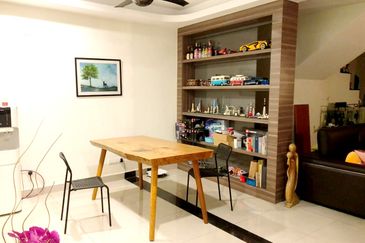
Taman Sri Putra, Sungai Buloh
Sungai Buloh, Selangor
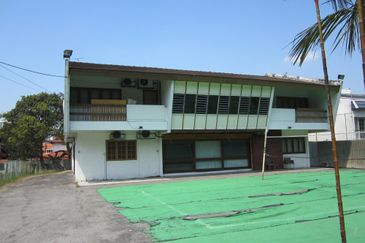
Jalan Damai
Wilayah Persekutuan Kuala Lumpur, Kuala Lumpur


